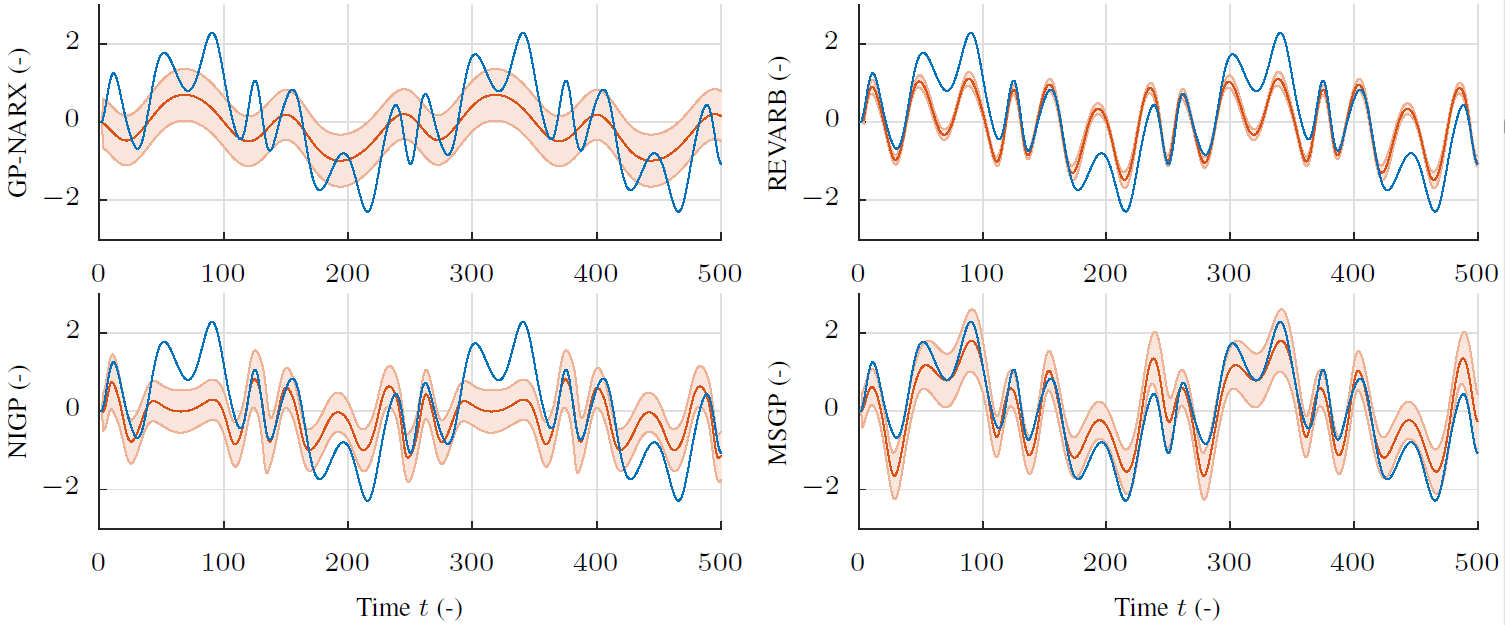Autonomous Robotic Manipulation
Modeling Top-Down Saliency for Visual Object Search
Interactive Perception
State Estimation and Sensor Fusion for the Control of Legged Robots
Probabilistic Object and Manipulator Tracking
Global Object Shape Reconstruction by Fusing Visual and Tactile Data
Robot Arm Pose Estimation as a Learning Problem
Learning to Grasp from Big Data
Gaussian Filtering as Variational Inference
Template-Based Learning of Model Free Grasping
Associative Skill Memories
Real-Time Perception meets Reactive Motion Generation
Autonomous Robotic Manipulation
Learning Coupling Terms of Movement Primitives
State Estimation and Sensor Fusion for the Control of Legged Robots
Inverse Optimal Control
Motion Optimization
Optimal Control for Legged Robots
Movement Representation for Reactive Behavior
Associative Skill Memories
Real-Time Perception meets Reactive Motion Generation
Learning Probabilistic Dynamics Models

In Reinforcement Learning (RL), an agent strives to learn a task solely by interacting with an unknown environment. Given the agent’s inputs to the environment and the observed outputs, model-based RL algorithms make efficient use of all available data by constructing a model of the underlying dynamics. Data-efficiency has been shown to greatly improve over model-free (e.g. policy gradient) or value function based methods. At the same time, incorporation of uncertainty is essential to mitigate effects of sparse and non-iid data and to prevent model bias.
Learning probabilistic predictive models from time-series data on real systems is however a challenging task, for example, because of imperfect data (e.g. noise and delays), unobserved system states, and complex, non-linear dynamics (e.g. joint friction and stiction). This research aims for high quality, probabilistic, and long-term predictive models, in particular for the use in RL.
In [], we exploit three main ideas to improve model learning by leveraging structure from the subsequent RL problem:
- Optimize for long-term predictions.
- Restrict model learning to the input manifold reachable by the specific policy.
- Incorporate the approximations made for computing the expected discounted cost into the model learning.
The proposed model learning framework Multi Step Gaussian Processes (MSGP) [] was shown to enable robust, iterative RL without prior knowledge on a real-world robotic manipulator. At the same time, state-of-the-art predictive performance is demonstrated in a benchmark of synthetic and real-world datasets [
].
Oftentimes in practice, the underlying system state cannot be directly measured, but must be recovered from observed input/output data. In our work on Probabilistic Recurrent State-Space Models (PR-SSM) [], we lift ideas from deterministic Recurrent Neural Networks (RNN) into the realm of probabilistic Gaussian Process State-Space Models (GP-SSMs). The resulting inference scheme is derived as approximate Bayesian inference using variational techniques to robustly and scalably identify GP-SSMs from real-world data.
Members
Publications


